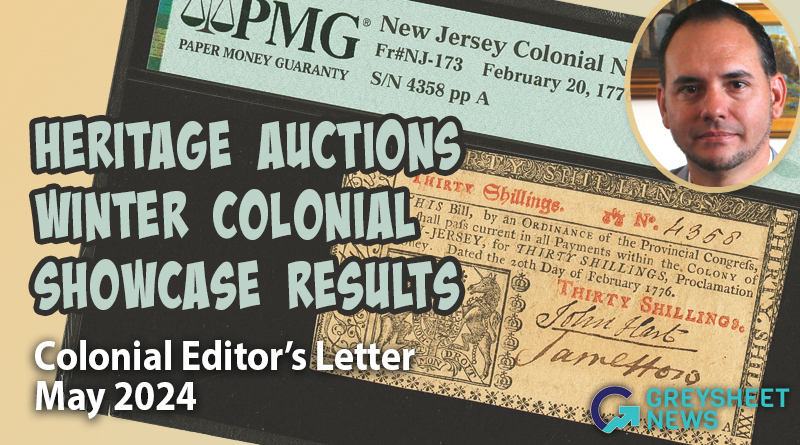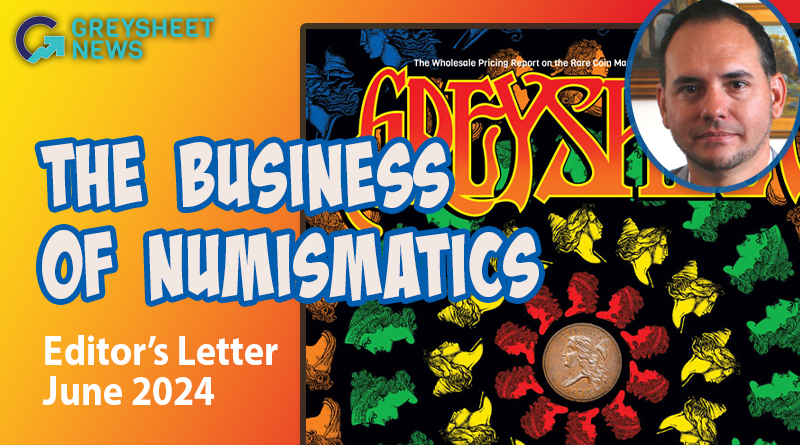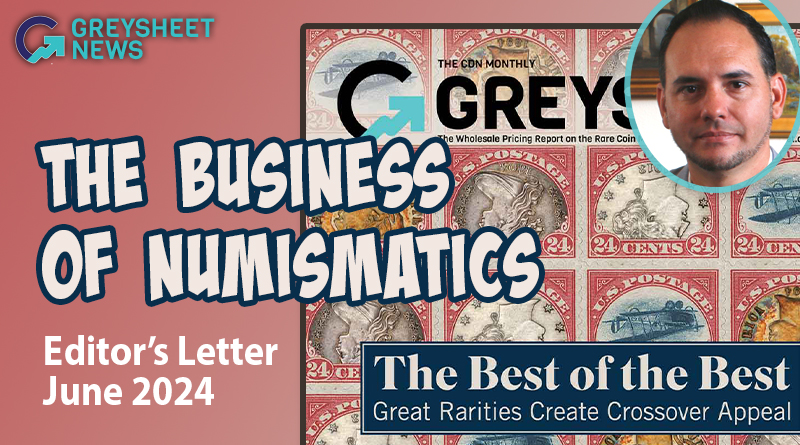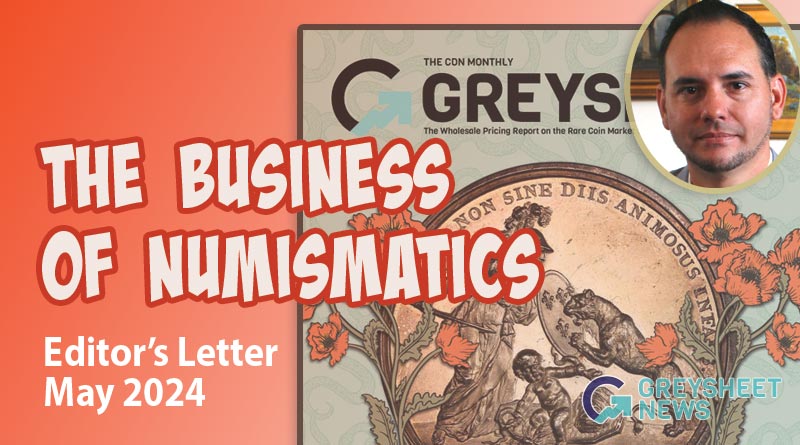Heritage Auctions Winter Colonial Showcase Produces Strong Prices
Two of the three highest-grossing lots in the sale came from the Continental Congress issues, with strong offerings from Georgia as well.
On February 25 Heritage Auctions held a unique online-only sale featuring 216 lots of exclusively Colonial paper money. Titled the Winter Colonial Showcase Auction, it featured at least one lot from all 14 issuing authorities during this time period. The most numerous groupings were Pennsylvania (35 lots), South Carolina (16 lots), and Maryland (15 lots). All told, the sale realized $177,381, with a decent $821 average per lot.
Two of the three highest-grossing lots in the sale came from the Continental Congress issues. The top lot was a $4 denomination of the famous Yorktown issue of April 11, 1778, with this example grading PMG Very Fine 25. With a realized price of $5,760, it surpassed recent sales of even notes in the Extra Fine and About Uncirculated category! In third place came a $2 denomination from the issue of July 22, 1776, which was the lowest and therefore most heavily circulated note of the series. The Heritage catalog states that this note is scarce in high grade, and the bidding war that pushed its price to $4,680 certainly proves this. Graded Extra Fine 45 EPQ by PMG, this note’s final price exceeded even that of two sales in 2015 of a Choice Uncirculated 64 example. Sandwiched between these two Continentals in second place was a 30 Shillings New Jersey note from the emission of February 20, 1776. This piece featured the signature of John Hart, a member of the New Jersey Colonial Assembly who was also the Vice President of that colony’s revolutionary assembly. In the same year this note was issued he was a signer of the Declaration of Independence. All notes with such signatories carry significant collector premiums, and the note in the Heritage sale, graded PMG About Uncirculated 58 EPQ, sold for $5,040. Looking at equally graded notes of the same type without the John Hart signature, we see that this aspect adds more than 600% to the note’s value.
Perhaps the colony with the most interesting and diverse note issues and designs is Georgia, and two pieces from here sold very strong in the Winter sale. A $5 from the issue of June 8, 1777, with a deep and well-colored impression of a rattlesnake brought $3,840. Residing in a PMG Extra Fine 40 holder, this note easily surpassed the last price of an equally graded piece, which was $1,410 back in 2015 during the Newman Collection sales. A note from the final Georgia series, October 16, 1786 in the denomination of 2 Shillings, 6 Pence with a beautiful vignette of the Georgia Constitution at left sold for $2,640. In the relatively high grade of PMG AU50, it set a new price record for the type.
What is perhaps most interesting about these final sales prices is that even though they may be records or all-time highs for that particular note, in the grand picture of numismatics they are not out of the reach of most collectors. While there were 11 pieces of Colonial currency that brought $10,000 or more in the Heritage FUN auction in January (with $22,800 the highest), Colonial paper money remains exceptionally affordable relative to coins or Federal currency. Looking at United States coins, there are many hundreds of pieces that sell for greater than $50,000 each year. One thought to look forward to is the celebration in 2026 of the 250th anniversary of the Declaration of Independence. This occasion is an outstanding opportunity to introduce collectors to the joys of Colonial paper money and its significance in the development of the American monetary system. It also could seem like a good idea, from a dealer point of view, to position for this by stocking some inventory now in anticipation of an uptick in demand.
The Winter sale, along with other major auctions from Heritage and Stack’s Bowers were the primary drivers of the many pricing updates contained in this issue. A large majority of the movement is to the positive side (indicated by the green arrows) with minor declines in some areas. The Colonial paper money market continues to be a strongly collected niche in the realm of historic United States currency.

Download the Greysheet app for access to pricing, news, events and your subscriptions.
Subscribe Now.
Subscribe to The Greensheet for the industry's most respected pricing and to read more articles just like this.
Author: Patrick Ian Perez









Please sign in or register to leave a comment.
Your identity will be restricted to first name/last initial, or a user ID you create.
Comment
Comments